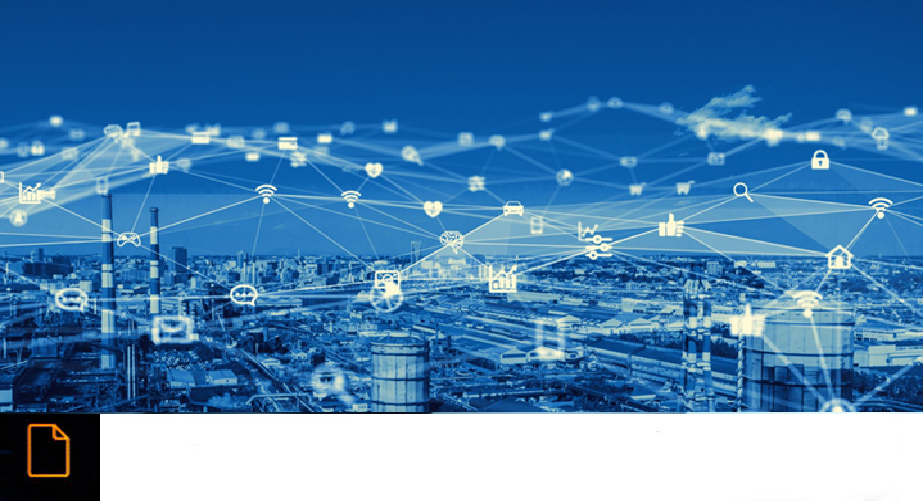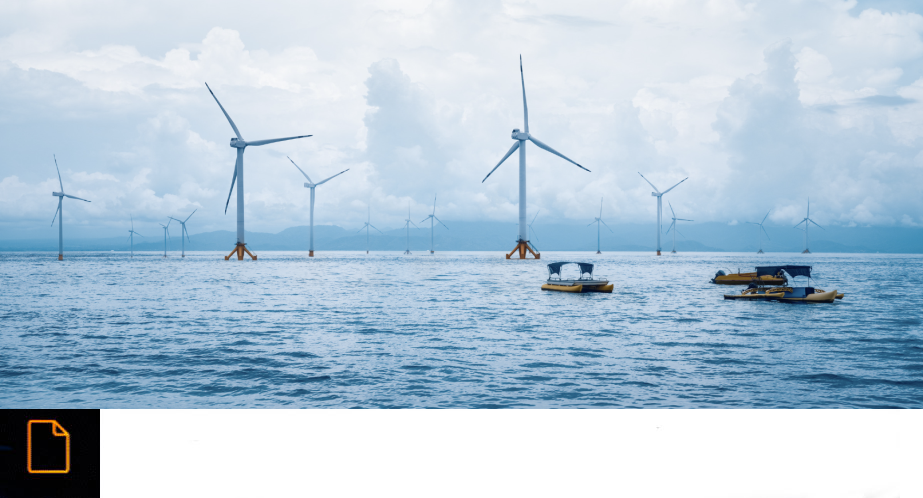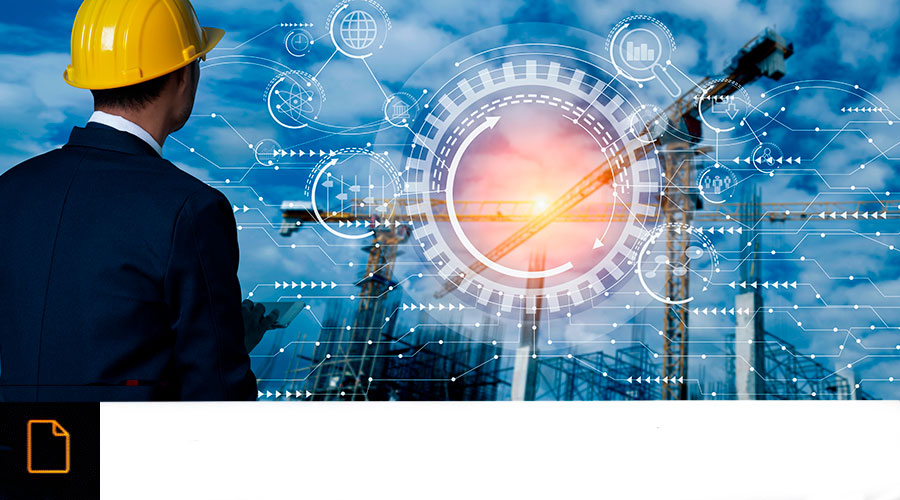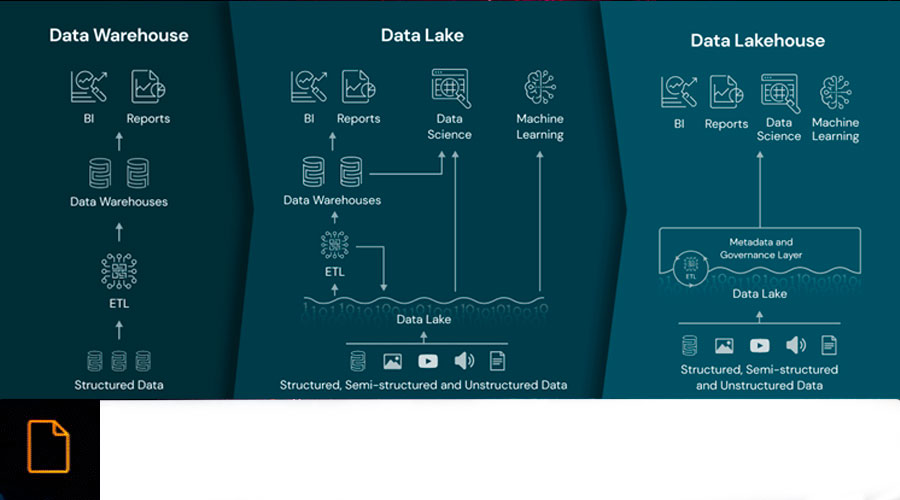INDUSTRY 4.0 AND DIGITISED MAINTENANCE
Written by Antonio Ramírez
23 May 2022 | Mixed Reality | Article
Not long ago in a Webinar on Smart Factories, Industry 4.0 and others, I had the idea to ask a question:
What role does digitised maintenance play in this digitisation of industry?
And the response was a disjointed potpourri of ramblings from the speakers. And I understand the real reason why that response occurred.
Industrial digitisation has focused, at first, more on production processes, those which, when improved, have a faster impact on the bottom line in terms of both revenue and savings.
However, maintenance processes have been relegated to later phases, perhaps due to lack of time and resources, or because they are seen as something that cannot be digitised, or even because it is understood (wrongly in my opinion) that their impact on P&L or on the company's strategy is not relevant.
The first step in digitised maintenance is to automate it and for this we need to have process workflow solutions that allow each of the tasks of the maintenance processes to be executed in the same way, in the shortest possible time and with the necessary efficiency and quality, regardless of the specialist, and sometimes even non-specialist, who performs it.
If we have a tool that is capable of automatically generating the work report and that indicates step by step, to the personnel, what actions they must carry out, how and with what precision for each task and follow the process in the right order, we will manage to reduce maintenance times by up to 40% (at least that is our experience) and increase efficiency, we will have taken a giant step forward in the digitalisation of maintenance and therefore of the industry.
In fact, a positive side effect is that knowledge retention for specialists is increased by up to 80%. This has a direct impact on the efficiency and added value of the company.
And speaking of positive effects, we are not just talking about the ability to increase the knowledge and expertise of specialists, or to decrease management times, it means that we can use less experienced people to follow automated processes, or the indications of the real specialists who are remotely located.
It is also a benefit to be able to use Augmented Reality, using a mobile phone, tablet, glasses or other devices, which reduces the possibility of errors. You can even add all kinds of information in formats as diverse as 3D images, video, or pure text, to name but a few.
As I have been saying implicitly throughout the article, the efficiency of our industries must take the step towards the efficient digitalisation of maintenance, starting by having a workflow of all the maintenance processes of their assets. This step is only the beginning, because behind it we are looking for one more where we can provide the assets with "intelligence" so that they are the ones that start up the work reports indicating to the specialist which maintenance procedure to apply at any given moment. This may seem like science fiction, but it is something that Grupo Álava and Innovae are working on and making possible.
But as they say, that's another story to tell.
Antonio Ramirez
CMO - Alava Group











